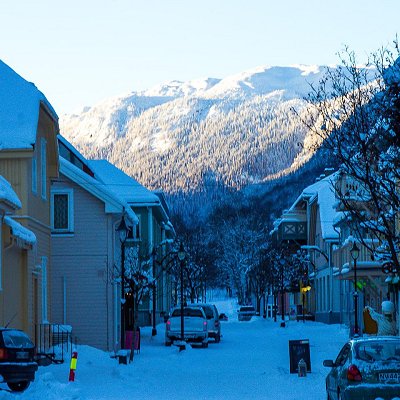
Like us on Facebook
PLACE NAMES



|
|
Rjukan
|

|
|
Rjukan was formerly a significant industrial centre in Telemark, and the town was established between 1905 and 1916, when Norsk Hydro started saltpetre (fertilizer) production there. Rjukan was chosen because Rjukan Falls, a 104-metre waterfall, provided easy means of generating large quantities of electricity. The man with the idea to use the Rjukan falls was Sam Eyde, the founder of Hydro. It is estimated that he, together with A/S Rjukanfoss (later Norsk Hydro), used about two times the national budget of Norway to build Rjukan.
Between 1907 and 1911 Norsk Hydro built what was at the time the world's largest hydro-electric power plant at Vemork near Rjukan, and in 1934 built an adjacent hydrogen plant. A by-product of hydrogen production via water electrolysis was heavy water. It was the later Nobel prize winner Odd Hassel who told Norsk Hydro that they were in fact producing heavy water. The Norsk Hydro was controlled by the Germans during World War II, was sabotaged twice by the Norwegian resistance movement and bombed by the allied forces.
After 1960, most of the saltpetre production in Rjukan was transferred to Norsk Hydro factories at Herøya in Porsgrunn. Some industry is still present in Rjukan, among them Scan Alloys.
|
 Feel free to Email me any additions or corrections Feel free to Email me any additions or corrections
LINKS AVAILABLE TO YOUR SITE
| |





